I Must Not Gaze At My Shoes with Seefeel
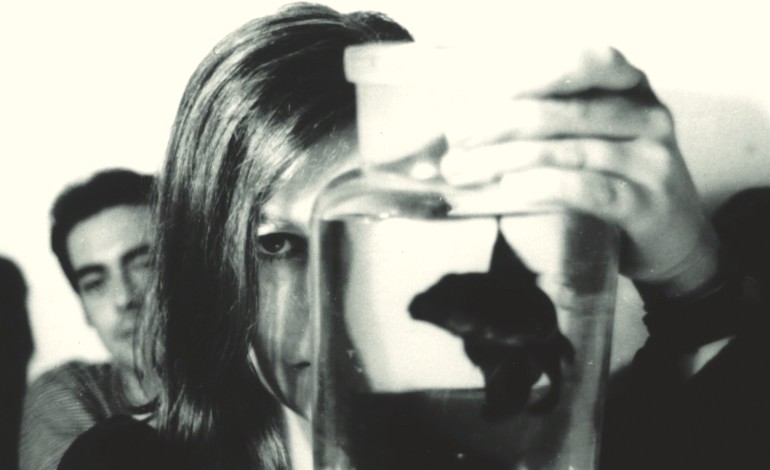
For this entry of the column we’re back to 1993 with the debut album from Seefeel, plus a Q&A with founders Sarah Peacock and Mark Clifford.
London-based Seefeel were twice remixed by Aphex Twin as AFX for ‘Time To Find Me’, Autechre conjured a sprawling interpretation of ‘Spangle’, Mark provided remixes for Autechre’s ‘Basscadet’ and ‘Cherry Coloured Funk’ on Cocteau Twins ambient EP ‘Otherness’, an impressive company of contemporaries by any metric.
The friendship between Sarah and Mark with Robin Guthrie, supporting Spiritualized on tour in 1995, supported by Boards Of Canada at Blech in 1997, releases on Richard D James and Grant Wilson Claridge’s Rephlex label, seminal output on Warp Records, and their early releases on Beggars Banquet sublabel Too Pure reveals more than a review or critical study could hope to bear.
“Brushing the skin and holding the rhythms, plumes of sound between the stars.”
Interlacing movements of sub and topline synth flow back and forth during the opening of ‘Climactic Phase No 3’, into sparse percussion casually assisted by an ambulatory bass line, revealing the invitation to Quique. The second piece ‘Polyfusion’ finds it’s cadence in the slow procession of a dub rhythm and processed guitar washes, folding in muons of Mark’s restructuring, with Sarah breathing a gossamer mantra into the effusion. ‘Industrious’ remains in the flow pairing elements of dream pop and hints of post-industrial frameworks, enveloped in a glistening aurora coloured with flickering hues of lilac and silver; cited as a all-time favourite by many long term fans. Call it post-rock, tag it to the shoegaze phenomenon, attribute it with ambient, electronica and dub; however you want to slice it there’s no denying the body of work as a document of the sea change in sonic sensibilities during the early nineties.
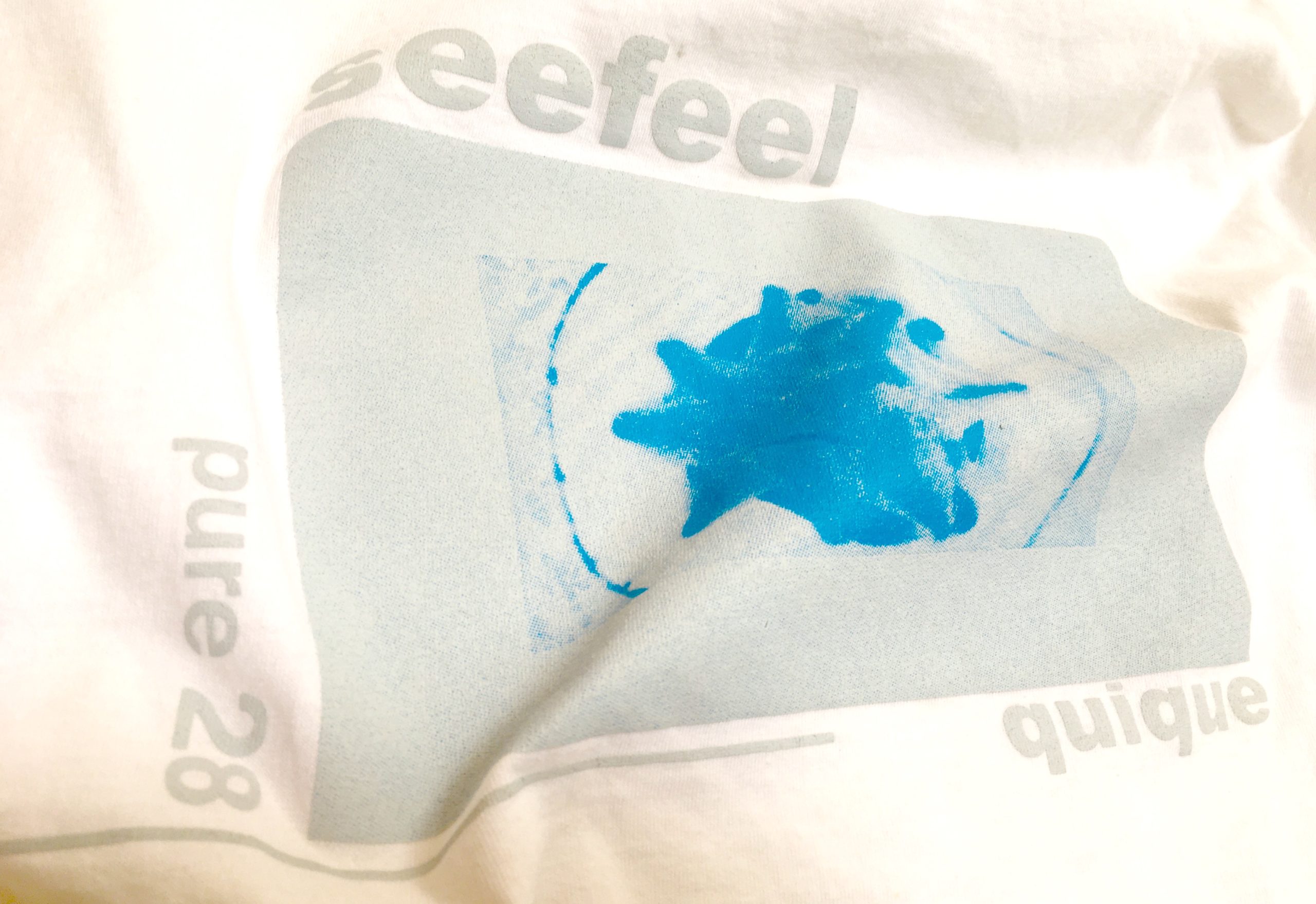
To state that the album is a beacon in UK electronic music that unified and reimagined key tropes of previously existing genres and nascent scenes may appear as fawning, yet in 1993 aside from ‘Blood Music: Pentamerous Metamorphosis’ by Chapterhouse and Global Communication, other bodies of work wrapped in the layers of strands and multifaceted sounds of Quique were somewhat thin on the ground. The music industry and press celebrated more commercially accepted works from both the shoegaze scene and ambient electronica disciplines afloat on temporal tides of zeitgeist. Today, Seefeel’s ageless debut album endures and mesmerises with it’s amaranthine tapestries. If there’s a piece of music that confidently exemplifies an authentic liberating sound radiating through a smog of commodification during this period it’s ‘Plainsong’.
A clutch of demo tapes were sent out to a few labels and independent music champion John Peel, with Too Pure striking the deal and the band going onto record a Peel Session in 1994. The band’s rhythm section was Daren Seymour on bass and Justin Fletcher on drums. From the Liz Fraser playbook Sarah Peacock applies her voice as an instrument with nonsensical soliloquies and masked intonations, whilst laying down guitar lines in the studio and on stage. Busy on the dials and buttons Mark Clifford worked at sampling, splicing, looping, synthesizing and fusing recorded parts through alchemical processes, he too brought guitar into the mix. Before moving onto creating more technically advanced electronica for Warp, during the nascent Too Pure era, Seefeel sounded akin to an ambient-kosmiche My Bloody Valentine (‘Instrumental No. 2’ and ‘Swallow’ as glaring examples) with knowing nods to back rooms at halcyon parties, and a smidgen of horizontal techno leaking into the incandescent atmospheres of Brian Eno’s ‘Another World’. Too Pure released five Seefeel records during 1993 in the forms of ‘Plainsong EP’, ‘Pure, Impure’, ‘More Like Space’, the split 12” ‘Time To Find Me’ with Aphex, alongside our theme-in-hand Quique.
Star-scattered empyreal skies shifting slowly above open fields, early morning mists after all-nighters, breathtaking sunrises peeking over city skylines, perpetual dawn choruses greeting the day, hope for the future and love for the present are all distilled and preserved in the critically acclaimed debut LP. Melody Maker shortlisted Quique for album of the year, and NME journalist Simon Reynolds opined that Seefeel were “the best new band of ’93”.
In 1993, being a 17 year old tuned into shoegaze, ambient, electronica and experimental UK techno when Seefeel emerged was glorious timing and synchronicity, falling in love with their sound was easy. Quique became part of my obsessive repeat listening with other seminal works including Chill Out, Selected Ambient Works 85-92, Temple of Transparent Balls, Incunabula, Sabresonic, Loveless and Souvlaki. Re-immersion in Quique for this feature resonates as being wholly relevant and contemporary, rather than grey-haired nostalgia. The album in full, or as stand alone tracks, remain as fresh and neoteric as the first listen. Deeper into the album thematic explorations reveal treasure troves of sound composite in tonality and texture, interlinked in origin and provenance. Chirping celestial fragments, swaying drones and toms buried in spacial depths carry ‘Through You’ across a dreamscape of the nocturne, as above so below and everything between.
If you haven’t heard the album, or are new to Seefeel, treat yourself and dive in. The post-rock approach with dream haze, dub bass, and techno percussion paired with live drums is a wondrous combination, bringing the collection of tracks together as a whole. As testament Quique was included in the canon featured in 2014 documentary Beautiful Noise amongst the likes of Cocteau Twins, Jesus and Mary Chain, My Bloody Valentine, AR Kane, Slowdive, Ride, Lush, Chapterhouse and others who filled the topography with dazzling walls of sound across “the scene that celebrates itself”.
Sarah and Mark, thanks for taking time for this chat. Were there any notable influences and inspiration for the Quique sessions?
Sarah – It’s a cliché in music that you have your whole life to write your first album. We’d come together via an advert I placed in the NME quoting My Bloody Valentine and Sonic Youth, Mark answered asking if I liked the Cocteau Twins as well, which I did, and the sound gradually evolved, bringing elements of the electronic music and dub reggae we all shared a love of. It might be more accurate to say that the techniques and effects with sequencing technology we used were more instrumental in creating the sound, than wanting to emulate other music.
Mark – When we did the first EPs we were still in the process of ironing out direct influences (My Bloody Valentine, Sonic Youth, Cocteau Twins – the important bands in my life in the preceding few years) which had been more present in earlier demos. By the time we did Quique I felt we had honed a sound that was our own, and which worked for us and also felt a little more detached from the music we liked, though any artist is likely to be the product of all the music they have been into, or music they have not been into in the sense that knowing what you don’t like is as valid in the whole process as knowing what you do like. I had a real aversion to certain musical tropes, particularly in rock music at the time – drum fills for one, so these were removed. It seems trite perhaps, but these small details fine-tuned the overall sound of the album. The only direct “steal” I can think of that album is the bass on ‘Industrious’ which was lifted from ‘White Lines’.
During your time with Too Pure did you see yourselves as part of a music scene or subculture?
Mark – I’m not sure we saw ourselves as a part of any specific scene at the time though the music press did try to wedge us in with an array of other artists and movements. We were labelled dub, shoegaze, IDM, noise etc, though at the time I remember finding these little boxes a tad annoying because, like many artists, we were trying to move away from any kind of prescribed sound and there was so much diversity in music at the time, it felt like the media was trying to place bands together that had more differences than similarities. Socially, it was a little different as we were friends with Richard James, Sean Booth, and other peers of the time. On reflection, it was a turbulent time with many old musical ‘traditions’ being trashed somewhat (Nirvana redirecting rock music for example), in the same way as punk levelled the political and musical landscape 25 years or so before.
Sarah – Not really. I admired the other bands on the label but we didn’t really get to know them. We did a couple of gigs on bills with Voodoo Queens and Th’ Faith Healers, and a few dates on the Plug tour with Too Pure, Clawfist and Wiiija labels but always felt a bit out of place. Once we’d met people like Autechre, the Warp and Rephlex crowd, and the scene around the Quirky nights at Brixton Vox we felt more at home.
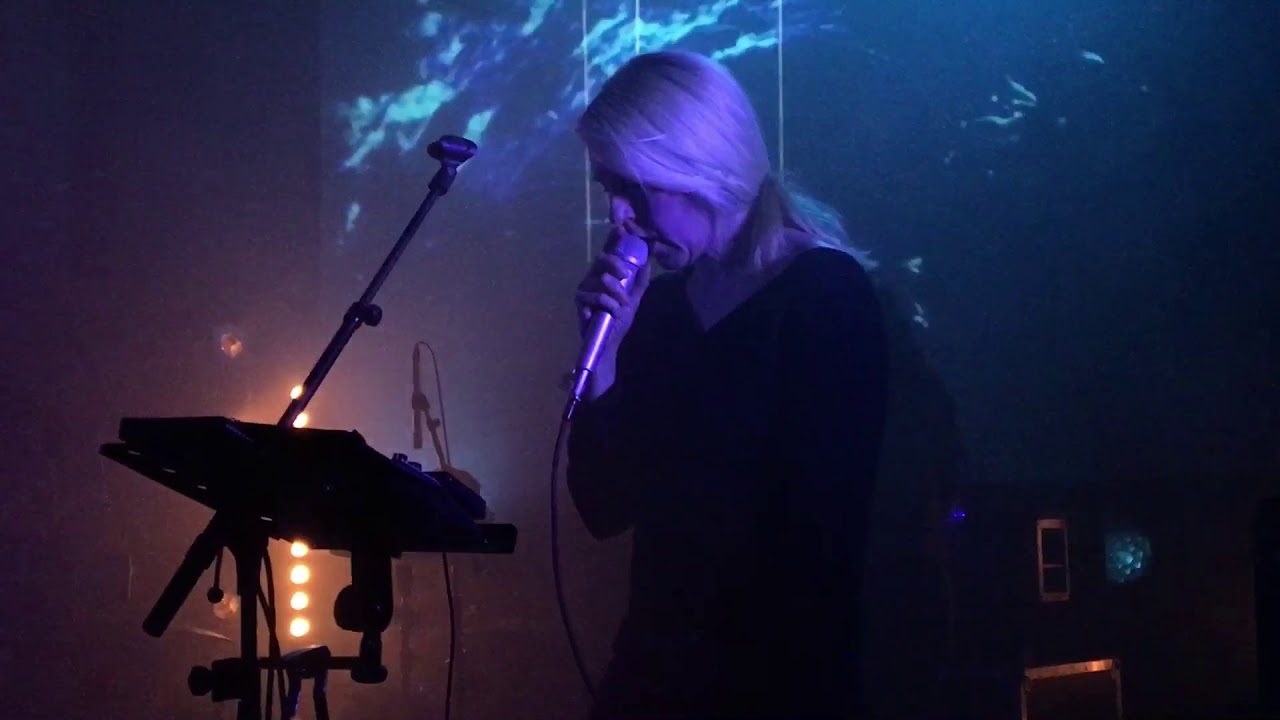
Is there a favourite track on the album, and was there any material that didn’t make the cut on the 2007 redux edition?
Sarah – I think I like ‘Charlotte’s Mouth’ best, I have nice memories of recording it in the attic studio at Falconer, with the sun streaming in from the skylight, and of coming up with the vocal part as I walked across Blackheath at night listening to the bare track on my Walkman. We never tried playing it live back then, it’s a set highlight for me now.
Mark – I’m not sure I have a “favourite track” as such, though tracks come in and out of focus for me personally. Because of the effort that went into constructing it, ‘Climactic Phase’ will always be a special track for me personally as I can remember the feeling of exaltation once it was finally mixed (I had spent days piecing the multitude of guitar samples together on, by today’s standards, very rudimentary and limited equipment). Recently, I have enjoyed playing ‘Polyfusion’ and ‘Charlottes Mouth’. As for unreleased tracks – we did leave tracks off the original version of Quique but these ended up on the Redux edition. Since we were largely using studios then, time limits meant we concentrated very much on a set number of tracks when in the studio.
In hindsight is there anything you would change on Quique?
Mark – Probably not, simply because the album, including it’s flaws and imperfections, is a product of it’s time – culturally and in terms of what tools were available at the time. Generally, I prefer to look forwards rather than backwards – not “what could I have done?” but “what can I do?”.
Sarah – Where my vocal goes off-key in ‘Polyfusion’, also I would have liked to try layering harmonies and regret not attempting that at the time.
If you could collaborate with any music artist, or score for a film director, who would it be?
Sarah – I would collaborate with any number of artists if they wanted me, but I’d never dare ask! Similarly scoring films is an absolute dream that I’d never presume to fulfil. Fantasy collaborations would be Bjork and Denis Villeneuve.
What are your key pieces of kit in the Polyfusia studio?
Mark – Good question. And one which I’m not certain about. If I’m talking about production, then today I would find it hard to not have a computer of course. Years ago I would have probably said my mixing desk was the key piece of kit as everything went through it ultimately and the way the music was mixed in real time was an important element to the sound. In terms of guitar, I definitely would be a little lost without my Whammy pedal, at least for live; that pedal has perhaps been the one constant.
Sarah – For my vocals I use a Sennheiser mic with a crucial on-off switch, a Boss RC50 loopstation, Roland RE20 space echo, Boss FT2 dynamic filter pedal and a Digitech VHM5 harmoniser.
Aside from creative tools and social platforms how do you think independent music scenes and cultures differ today from the early nineties
Sarah – Can’t really answer this as I don’t have much knowledge of current scenes. I can’t imagine starting out now and having to find an audience, I’m so grateful people have stuck with us since the early days.
Mark – I’m not immersed in the music scene in the same way as I was years back but to be honest I don’t think the culture fundamentally changes that much; rather it presents itself in a different way. You have those artists seeking fame and those seeking new paths but that as always been the case. The one key difference to my ears, is that the “genre-busting” of the ‘90s now seems to have very much percolated down through all forms of music.
Any plans for new Seefeel material?
Sarah – Yes, there are plans.
Mark – We will definitely be releasing something at some point, if that’s not being super-vague. I have recorded a lot of tracks over the last few years, almost to the point of distraction. I’m currently trying to piece them all together into coherent blocks.
You’re given a platform to broadcast a message to the world, what do you say?
Mark – I would be the worst politician.
Sarah – Aaaargh!
Thanks to Wil, Duncan, and Matthew at Warp for facilitating the interview.


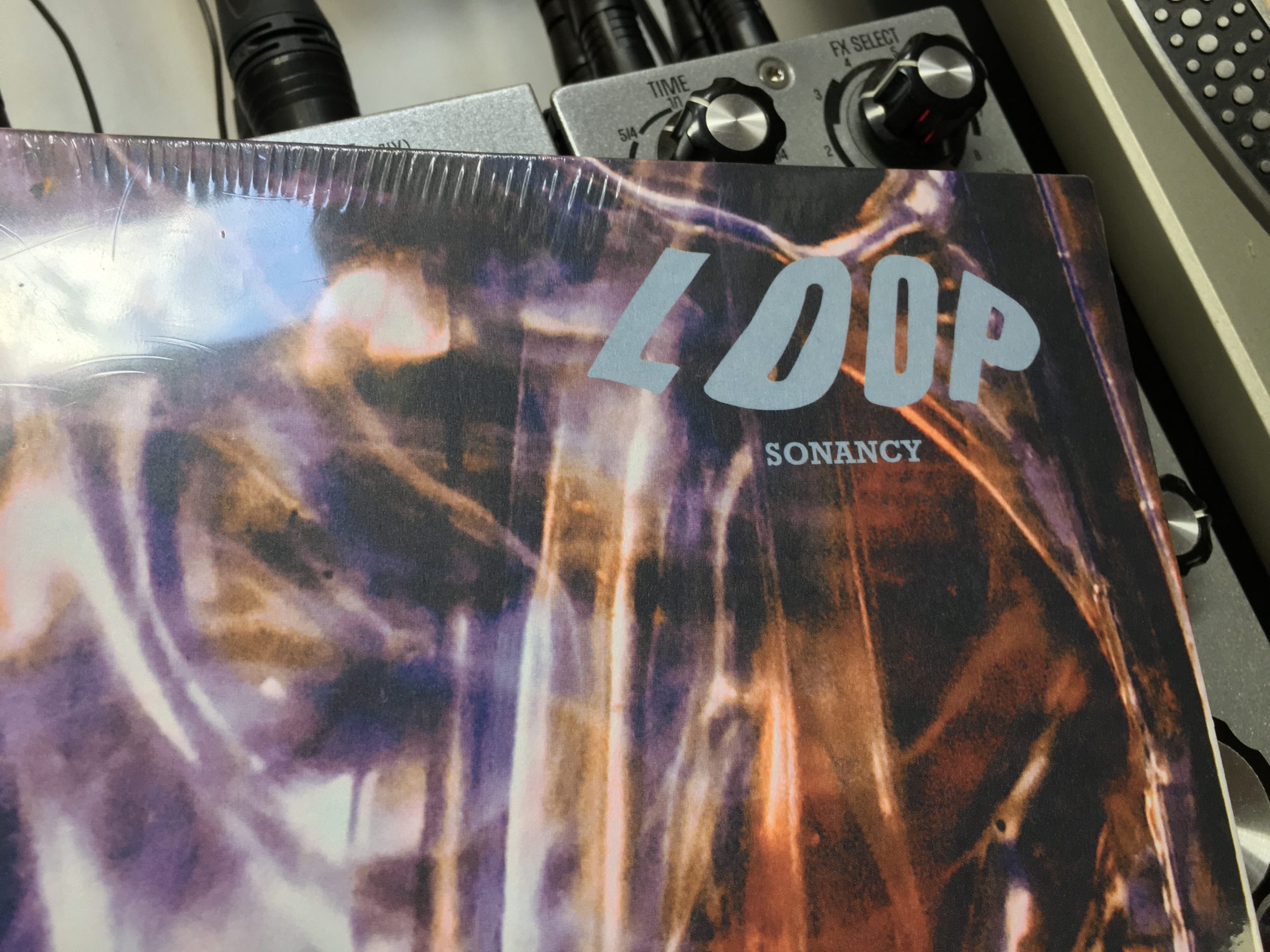
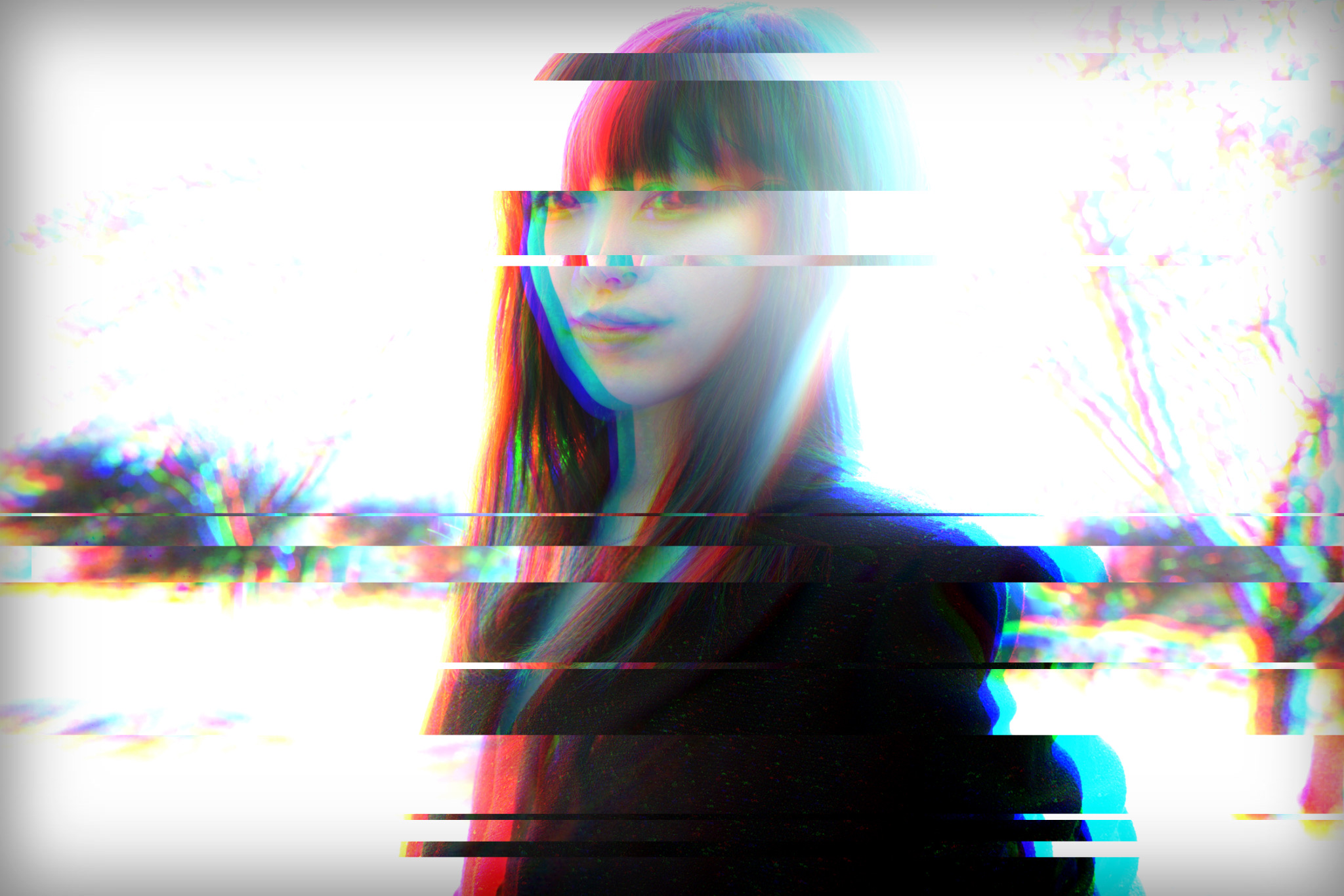
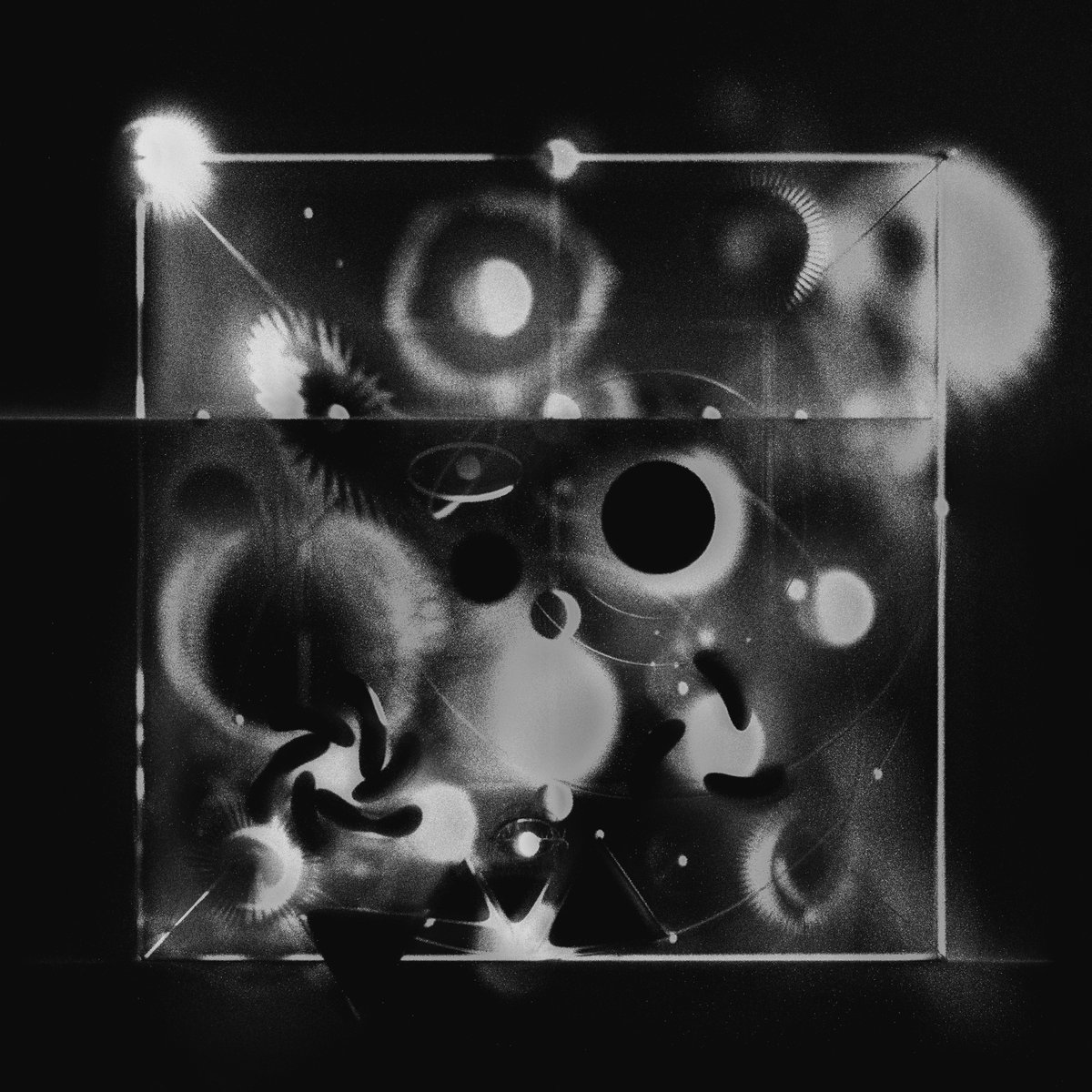










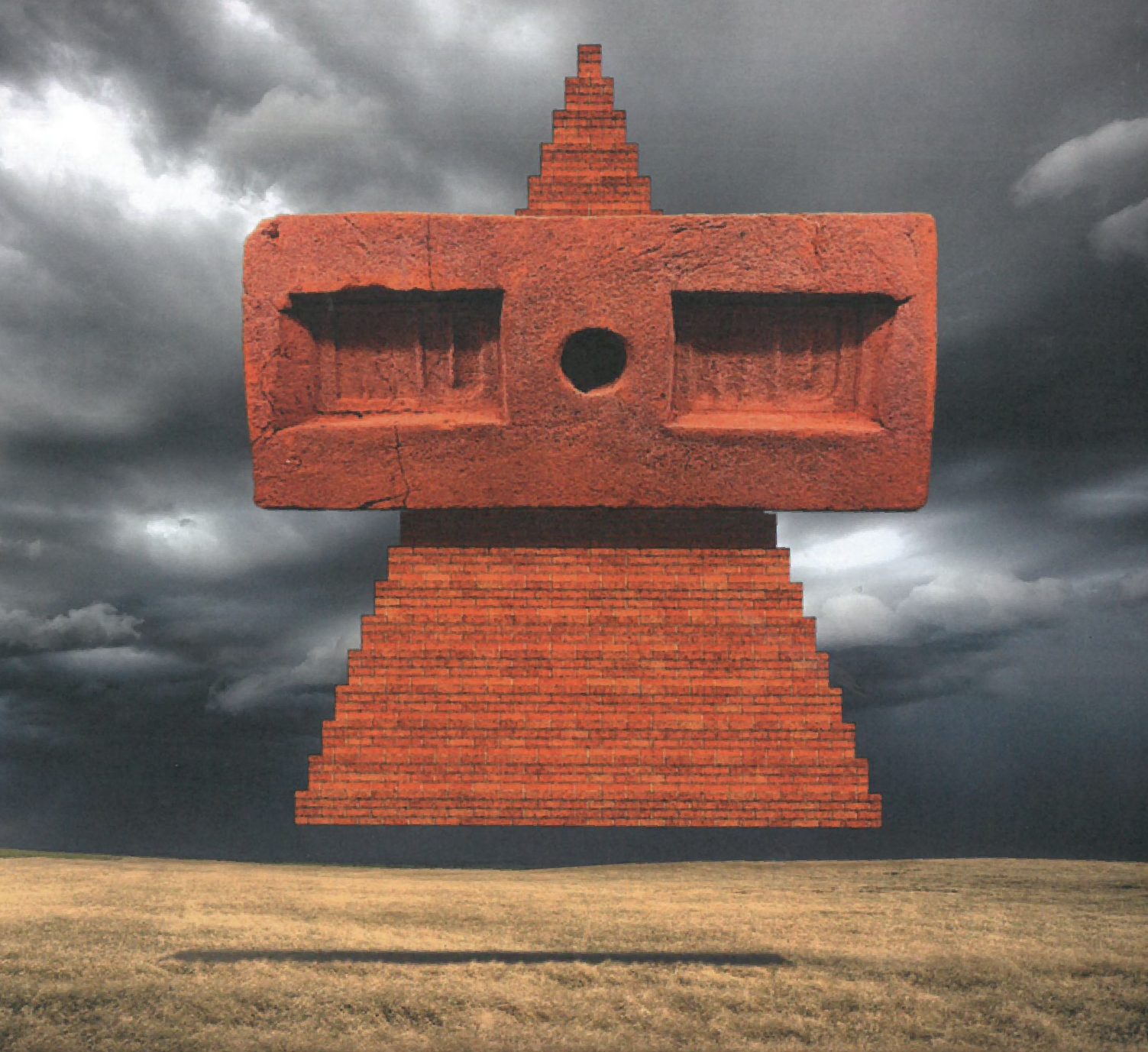
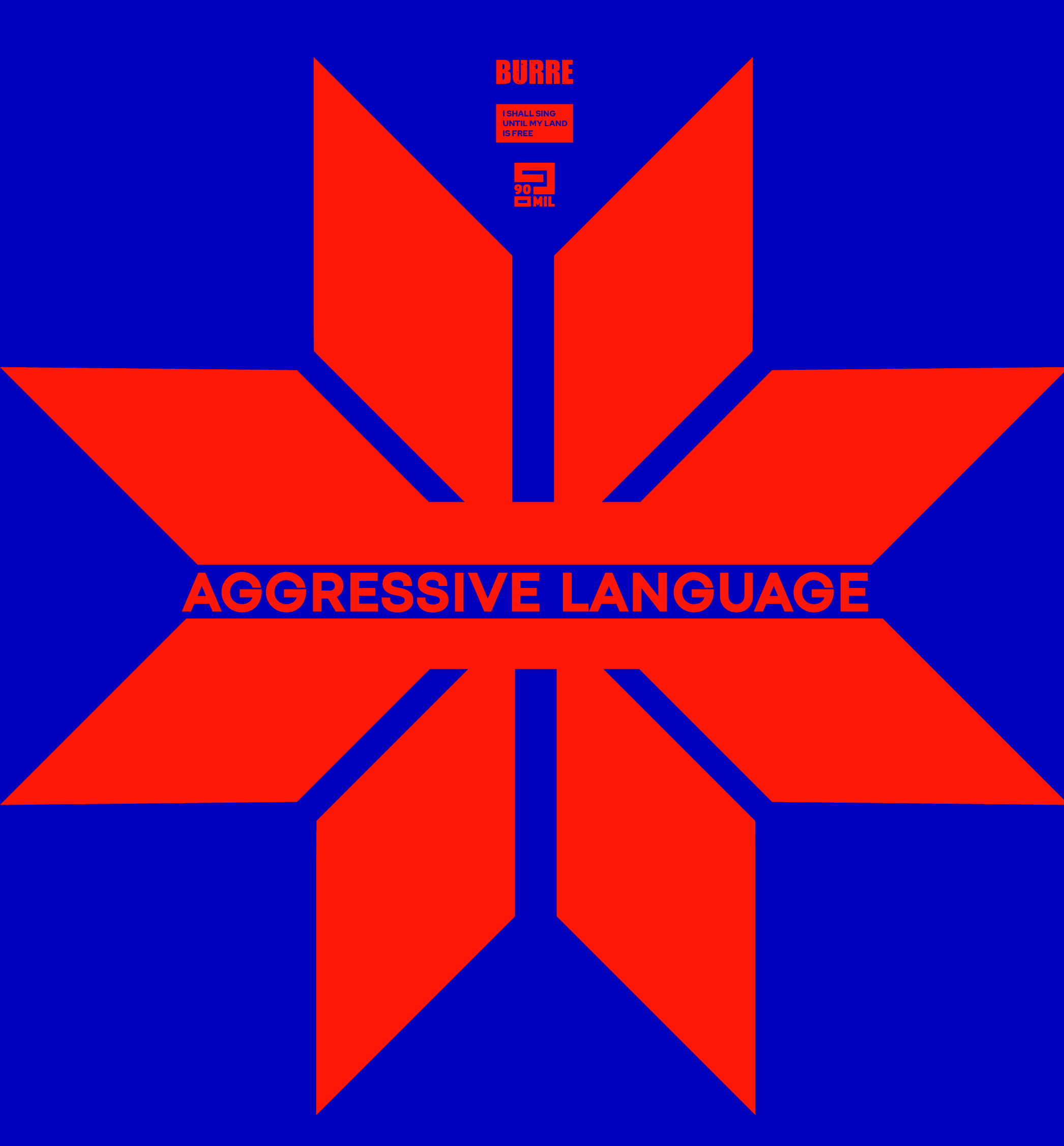
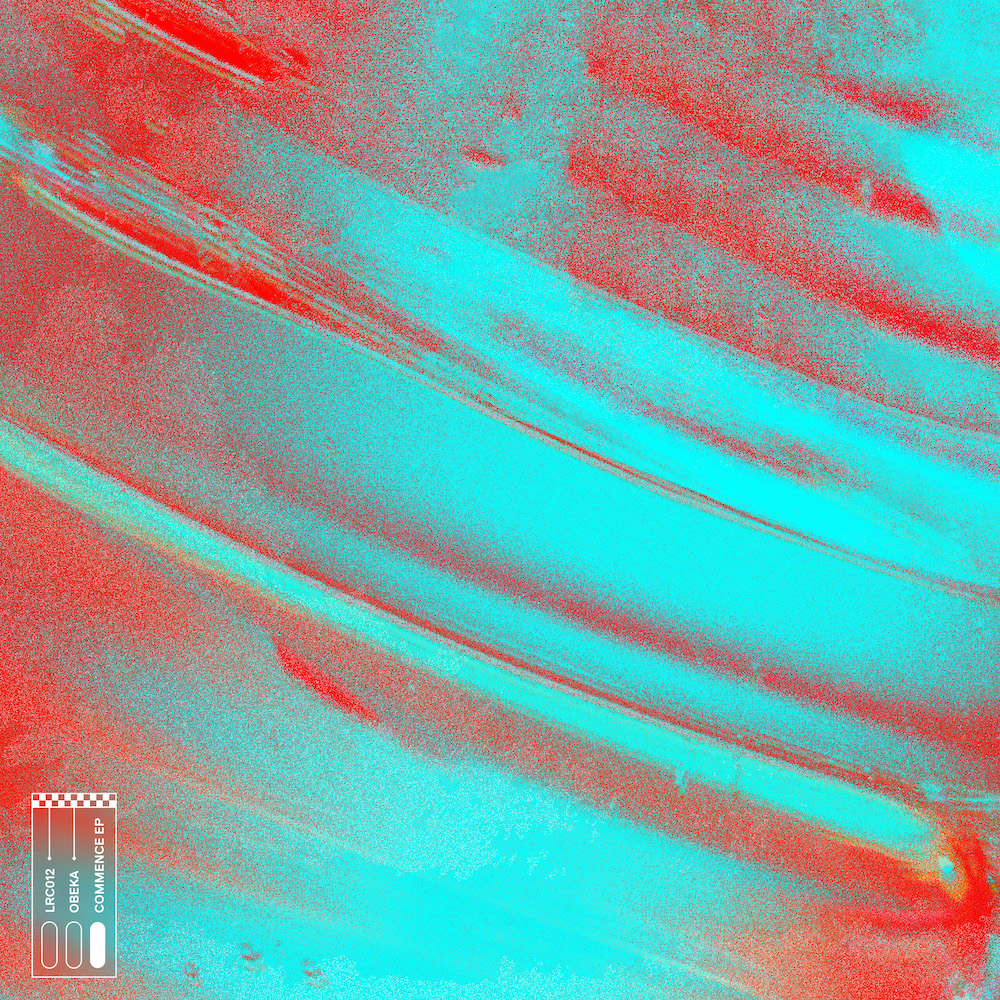



Must Reads
David Holmes – Humanity As An Act Of Resistance in three chapters
As a nation, the Irish have always had a profound relationship with the people of Palestine
Rotterdam – A City which Bounces Back
The Dutch city is in a state of constant revival
Going Remote.
Home swapping as a lifestyle choice
Trending track
Vels d’Èter
Glass Isle
Shop NowDreaming
Timothy Clerkin
Shop Now